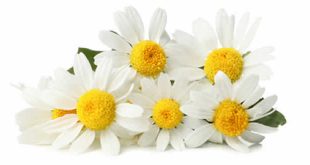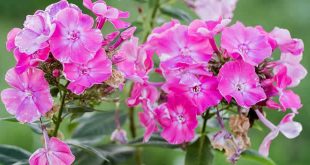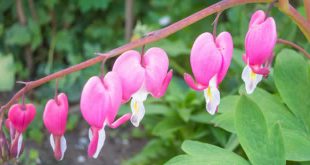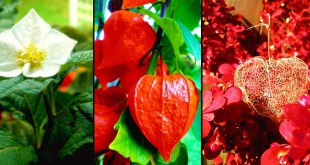 Bitterroot — The bitterroot (Lewisia rediviva Pursch) is a small, low, pink flower with yellow center. It is the state flower of Montana in the United States.
Bitterroot — The bitterroot (Lewisia rediviva Pursch) is a small, low, pink flower with yellow center. It is the state flower of Montana in the United States.
The plant is a low-growing perennial plant with a fleshy taproot and a simple or branched base. The flower stems are leafless, 1-3 cm tall, bearing at the tip a whorl of 5-6 linear bracts which are 5-10 mm long. A single flower appears on each stem with 6-9 oval shaped sepals. They range in color from whitish to deep pink or rose during May and June. The petals (usually about 15) are oblong in shape and are 18-35 mm long in length.
At maturity, the bitterroot produces egg-shaped capsules with 6-20 nearly round seeds.
The plant grows on gravelly to heavy, usually dry soil, in scablands or foothills areas. It is found on sagebrush plains to the lower mountains, in western and south central Montana. It ranges in the north from British Columbia to southern California, and on the east side of the Cascade Range to Colorado and Arizona.
The roots were consumed by local tribes such as the Shoshone and the Flathead Indians as an infrequent delicacy.
The bitterroot was selected to be the Montana State Flower on February 27, 1895. Three major geographic features, the Bitterroot Mountains (running north-south and forming the divide between Idaho and Montana), the Bitterroot Valley, and the Bitterroot River (which flows south-north, terminating in the Clark Fork river in the city of Missoula), owe the origins of their names to this flower.
The Lemhi Shoshone believed the small red core found in the upper taproot had special powers, notably being able to stop a bear attack.
 Kids Portal For Parents India Kids Network
Kids Portal For Parents India Kids Network




